Can farmers and rewilders get along? This Welsh group thinks they must
Tir Natur wants to help combat the biodiversity crisis by creating spaces where nature, farmers’ livelihoods and Welsh culture can thrive – together.
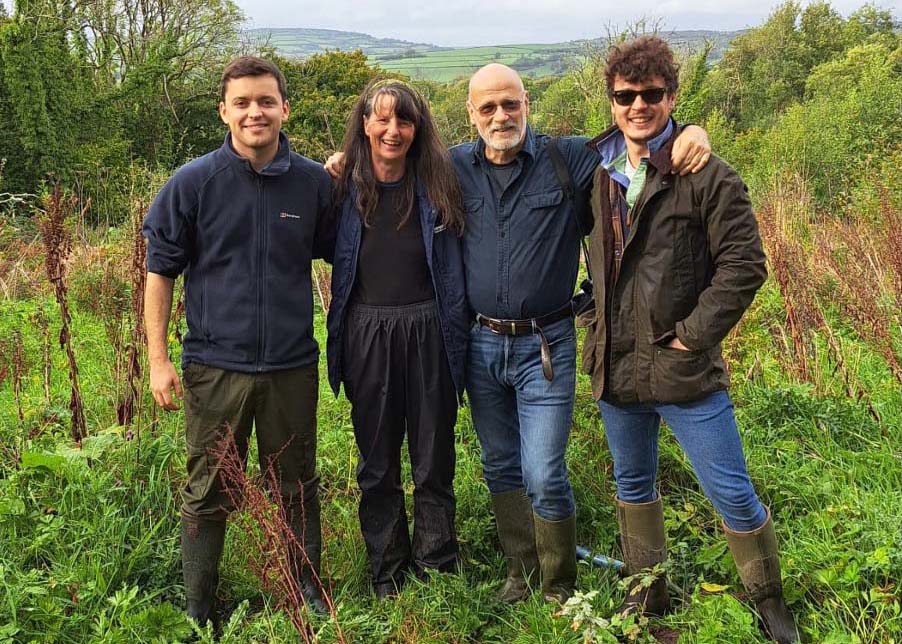
When Tasha Reilly first purchased what is now known as Berth Farm in southwest Wales in 2021, she found the land in incredibly poor condition. There was very little topsoil left among the remains of 70 acres’ worth of barley and triticale fields – just a thin layer of clay rested right above a surface of dense sandstone. Intense overfarming had eroded the soil, creating a very difficult environment for plants to thrive in, as the microbes usually found in healthy soil were diminished.
Aware of the fragile state of the land, Reilly had a plan: a farm with 60 percent of the land in beef and pork production and agroforestry and the remaining 40 percent dedicated to support nature. After an inspection, the Welsh government agreed and ordered the restoration of the marshy grassland that was once present on the site. If all goes well, the land will turn into an important hub for biodiversity. Reilly also wants to push her conservation efforts further, by restoring the large hedgerows surrounding the farm, which can provide excellent habitat for local species including finches, dunnocks, hedgehogs, bats and peacock butterflies.
Reilly is a farmer, but she’s also part of Welsh rewilding group Tir Natur. To some, that combination might seem like oil and water. But the organization has set itself the goal to reconcile farmers and conservationists and develop a homegrown, nature-first approach to farming. They’re connecting with landowners to debunk misconceptions about rewilding and strengthen local culture and community.
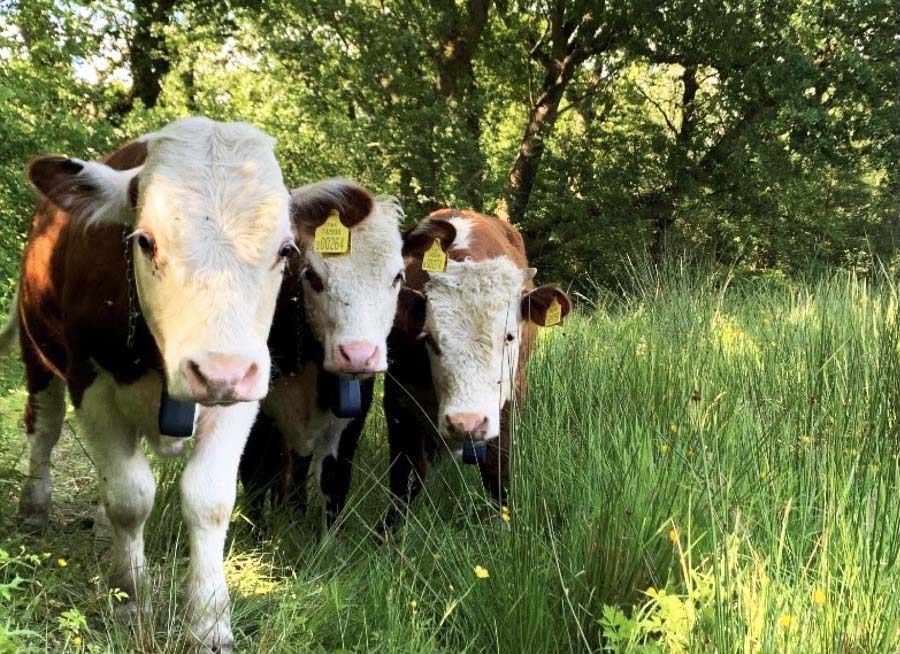
Many consider Wales to be the epitome of Britain’s natural beauty, bursting with rich culture and stunning landscapes. Its rolling green hills, iconic national parks and jagged coastline stretch for miles, and tourists flock in the millions every year to see the famous Wye Valley, advertised as one of the most scenic landscapes in the UK.
With this in mind, it comes as a surprise to many to learn that Wales is in the midst of a biodiversity crisis. It has ranked 224th out of 240 countries for biodiversity intactness, and 666 native species, such as the curlew and the water vole, are at risk of extinction. The UK as a whole doesn’t fare much better – it comes in at number 189, with an overall score of 50 percent, meaning it’s preserved only half of its flora and fauna. Contrast these numbers with Germany’s 67 percent and Canada’s 89 percent and the severity of the situation becomes clear. This poor ranking was the catalyst that brought together conservationists from all over Wales to form Tir Natur, which means “Nature’s Land” in Welsh, a name that precisely describes the rewilding charity’s core values.
“Our ethos is having land where nature comes first,” says Stephen Jenkins, co-founder of Tir Natur. It was in spring 2021 that Jenkins connected with other wildlife enthusiasts who shared a collective despair about the biodiversity crisis in Wales and wanted to combat it directly. “It was a feeling of compulsion to do something. At the moment, there is no land where nature really comes first. It is always tolerated or marginalized.”
“We are part of nature, and we must rediscover our place within it.”
The typical language around species conservation in one of the most nature-depleted countries in the world was quite uninspiring to Jenkins. “It was always about protecting what is left,” he says, rather than what could be restored. “Rewilding changes people's perception of nature and what we could have.” As Tir Natur puts it on their website, “We are part of nature, and we must rediscover our place within it.”
Tir Natur’s approach revolves around purchasing damaged, barren pieces of land in the Welsh countryside to reintroduce big native grazers such as Welsh black cattle, red deer and the Welsh pig, the latter as a proxy for wild boar. These animals’ natural behaviours help aerate soil, create mulch and dispense seeds. All of these actions play a vital role in rejuvenating land, which in turn allows more species to thrive, leading to higher rates of biodiversity. The charity hopes to purchase at least 200 to 250 acres through fundraising efforts and acquiring shareholders by the end of 2024. “All land has the capacity to be restored,” Jenkins says. The worse it is agriculturally, the less value it holds for farmers and the more it would be of interest to the charity.
Tir Natur wants to prove the point that nature can be restored through native grazers, even at its most diminished. The stocking density for this project would be approximately 0.3 units per hectare, and the number of animals would be controlled by a stock manager, who would gather the grazing animals for vet checks, keep them on the move with the use of virtual fence technology and cull any surplus stock to sell for consumption. The managers’ job would be to mimic the role of an apex predator, to prevent overgrazing and lessen the chance of herbivores being malnourished in the winter months. Tir Natur’s goal will be to showcase this land as a working farm, with minimal human management and a sustainable approach to meat production. They want to reach out to landowners and inspire them to join their efforts, so that rewilding can be linked with the very active farming community in Wales.
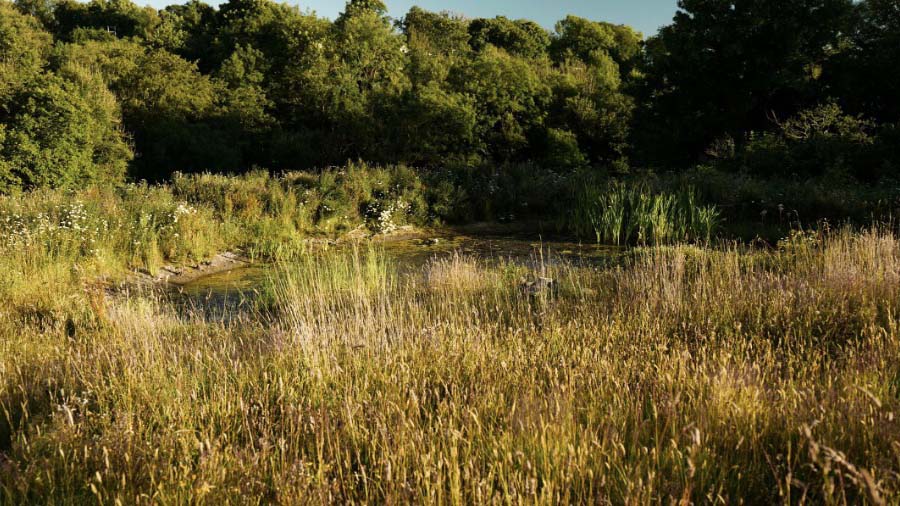
While the charity plans to engage farmers in rewilding efforts, the topic is still a divisive one for many landowners. Some believe that this stems from a potential fear from farmers that their livelihoods could be threatened or replaced with large-scale rewilding projects or greenwashing operations led by mega-corporations. Wales also has an extremely high second-home market, as more tourists, enamoured with the idealistic image of the Welsh countryside, flock to buy up holiday properties, leaving residents in a housing crisis.
The cultural factor plays a role too. The Welsh language, Cymraeg, is a cherished part of the country’s heritage that locals want to strengthen and protect. The Wales Census of 2021 revealed that only 17.8 percent of the general population are still able to speak Welsh fluently. More than 40 percent of this portion are working farmers, who share this cultural knowledge with their children, keeping the language alive across generations. The consensus for many Welsh farmers is that rewilding could negatively impact their livelihoods and culture. After all, it is about restoring wilderness. How could farming possibly fit into that?
Tir Natur consider themselves a proudly Welsh charity, and they want to see the Welsh language expand outside of farming communities, not just remain protected within them. During the Iron and Roman ages, the Celtic tribes of ancient Wales worshipped nature and saw it as something holy, which is why Tir Natur believes that “by restoring landscapes to their more natural states, you are reconnecting the language to its historical context.” The charity is convinced that farming and rewilding can coexist and thrive in each other's presence. When landowners come together to regenerate overfarmed, monoculture-dominant land through a nature-first approach, effects can include increased biodiversity rates, better protection of watersheds and improved soil microbiomes. Rewilding works best on a large scale and could be used as a powerful tool not only to restore nature, but to connect people, too.
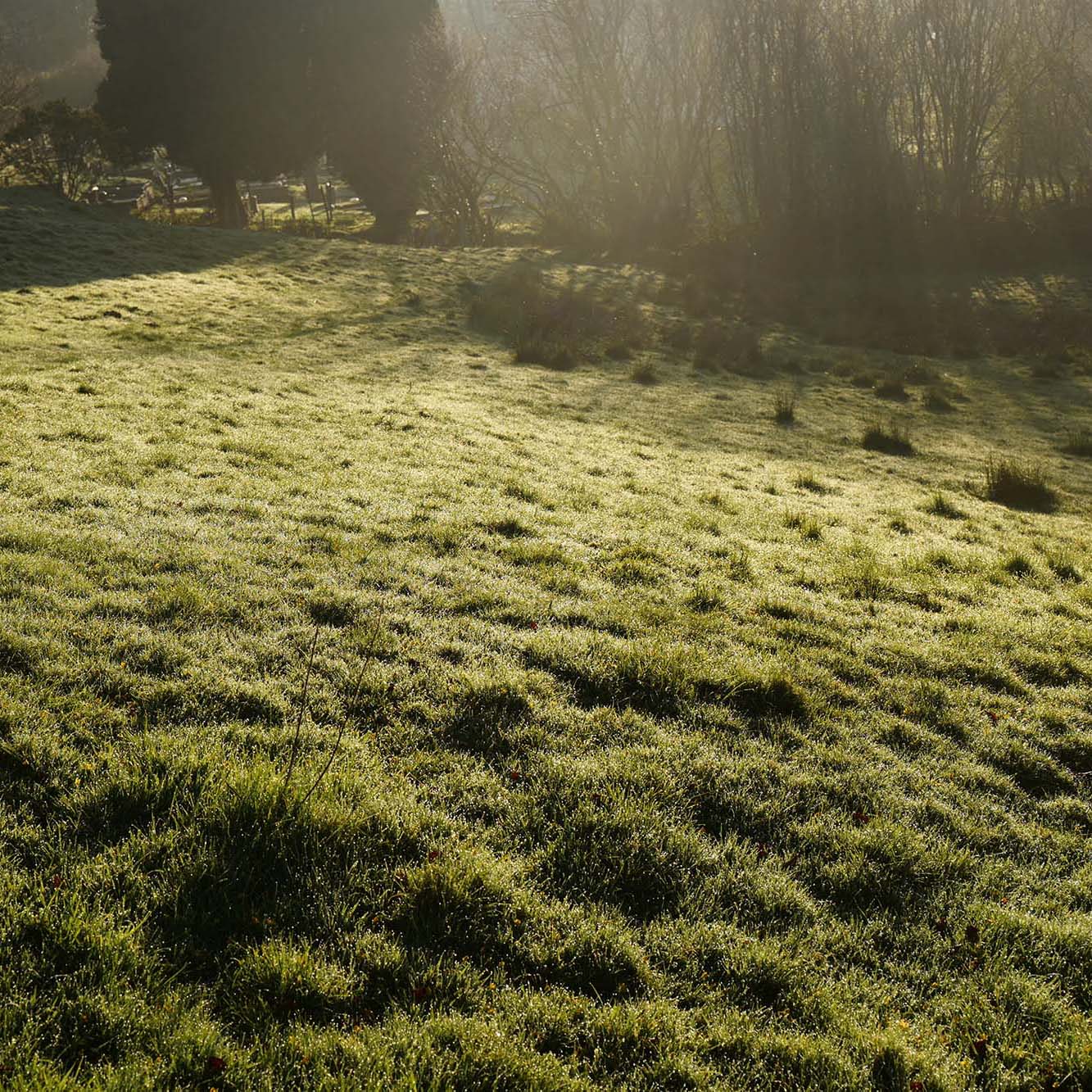
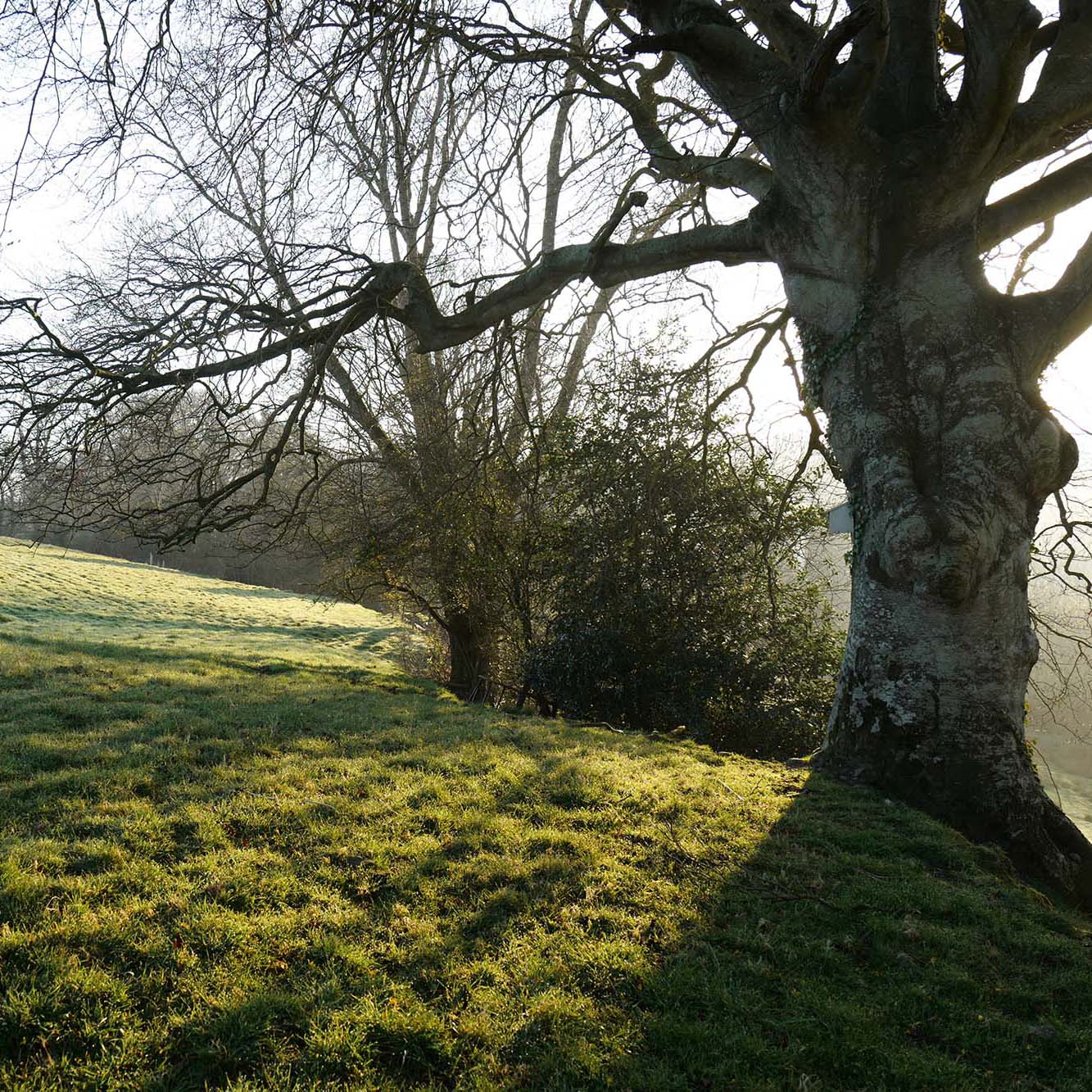
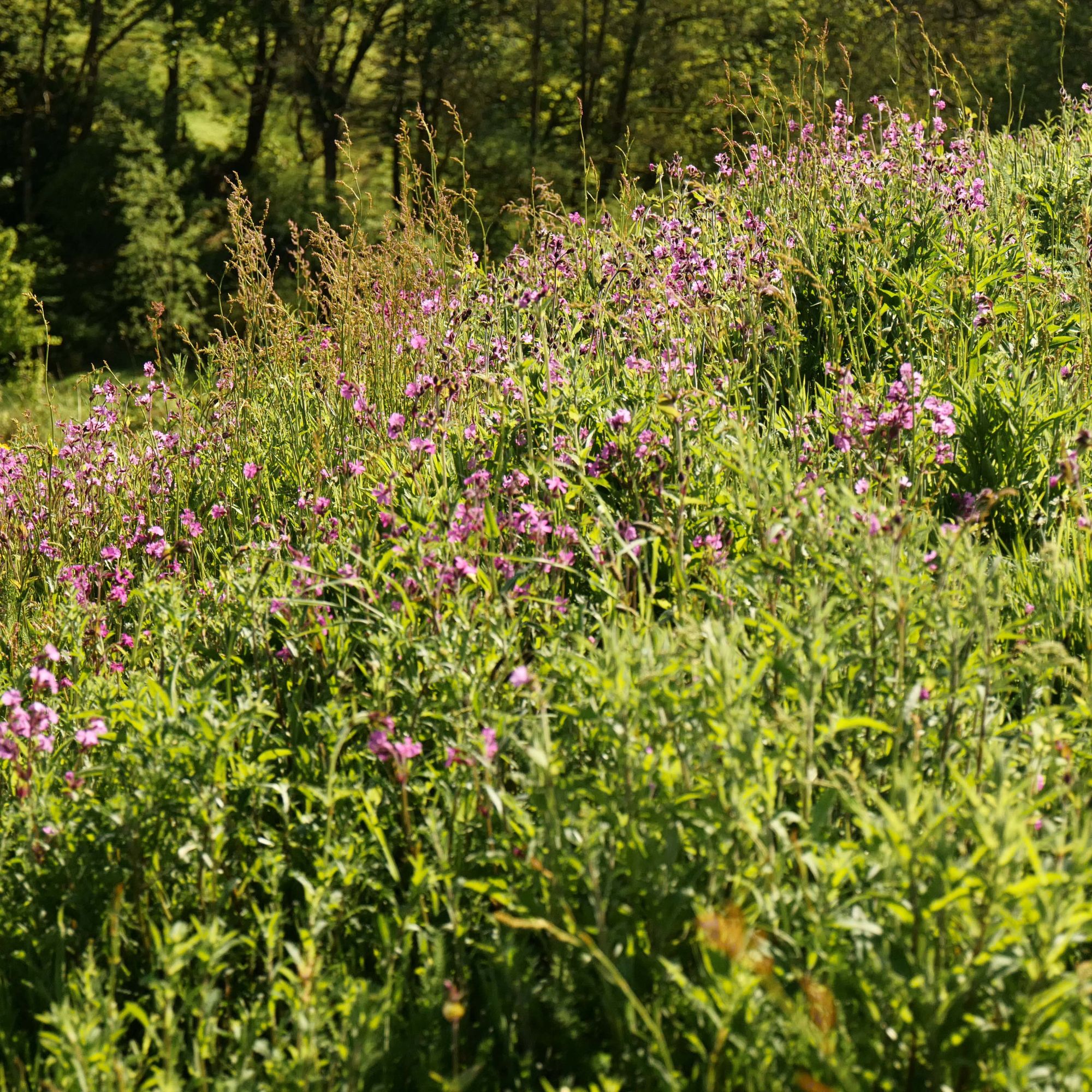
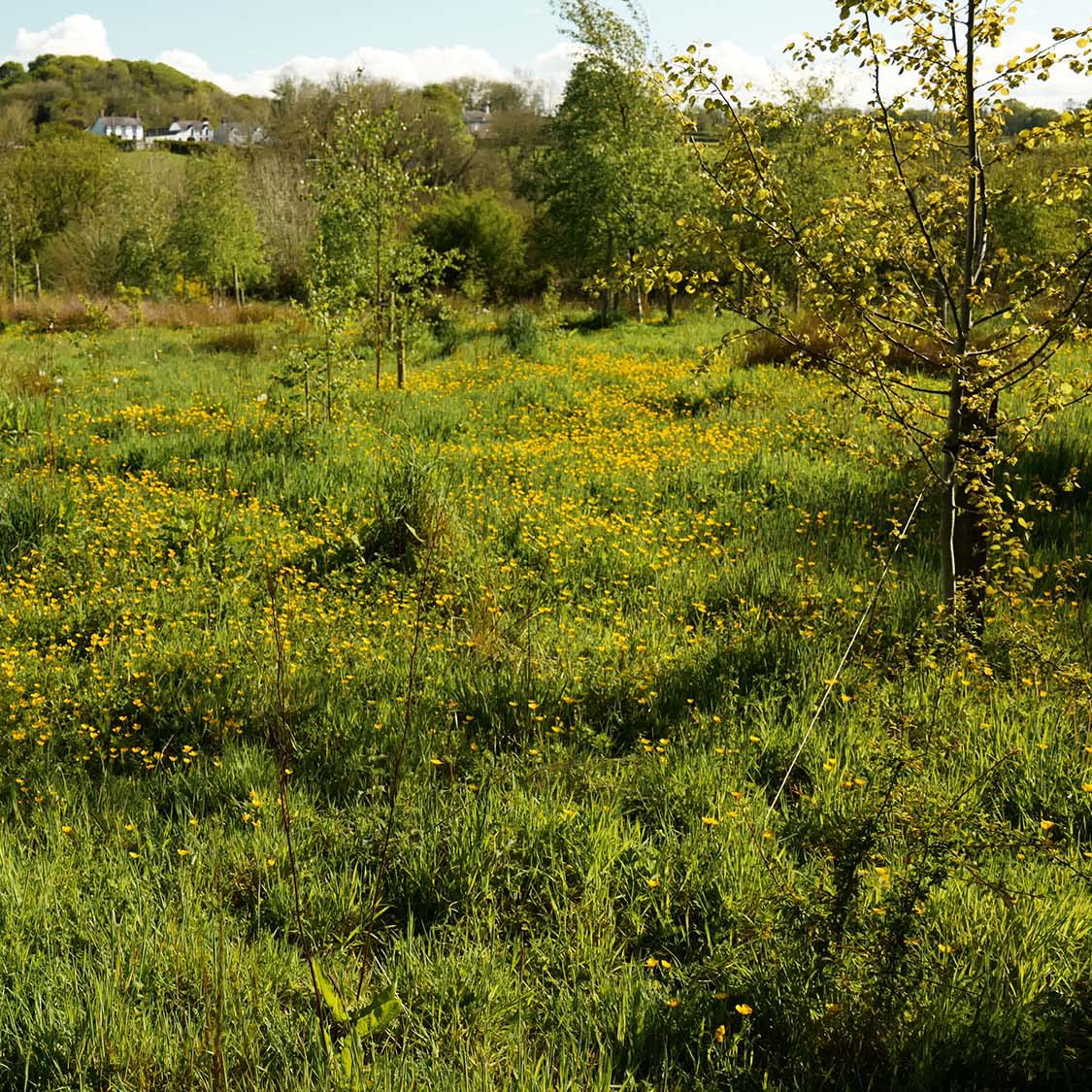
Tom Roberts is a member of Tir Natur who is already actively involved in transforming his own farmland into a more welcoming space for an array of wild species through regenerative farming techniques and natural restoration. He took on a huge task when he dove in at the deep end with his small-scale conservation projects, compelled to make a difference.
The 11-acre sheep farm that Roberts obtained in 2018 painted an idyllic picture, with rich seas of yellow buttercups surrounding quaint brick buildings, but it has also faced some challenges along its transformation. Many of the issues that Tom encountered, however, were psychological. As he directed his focus towards combatting the dense carpets of buttercups and ryegrass monocultures by planting native trees and diverse wildflower meadows, he struggled with letting go of what he describes as “thinking like a human being.” He found himself trying not to plant trees in a somewhat organized fashion and wondering how the delightful, yet to the human brain perplexing, random order of nature could be replicated.
Four years down the line, his efforts have paid off. His land is now brimming with rare Welsh species of trees and wildflowers – as well as one charismatic and vulnerable native mammal.
Lovingly dubbed Lanlwyd Nature Reserve, the once overfarmed plot is now a release site for ill and orphaned hedgehogs following their full recovery at the Hedgeley Hogspital in Pembrokeshire. Roberts has developed enhanced natural feeding sites to replace commercial foods, and has big plans for the future, including a village-wide hedgehog survey in May that he hopes will become an annual event. “Local sightings of hedgehogs have increased considerably,” he says. “The idea is to overpopulate our reserve, so the hedgehogs fan out across the village.”
Roberts’s success story required him to rethink his relationship with nature and detach from his analytical thought processes. Through this journey, he has become more connected with wildlife and appreciates it in all its boundless intricacies. Tir Natur wants to awaken this response from the Welsh population and return to a wilder Wales, one where nature thrives alongside people – not merely survives despite them.




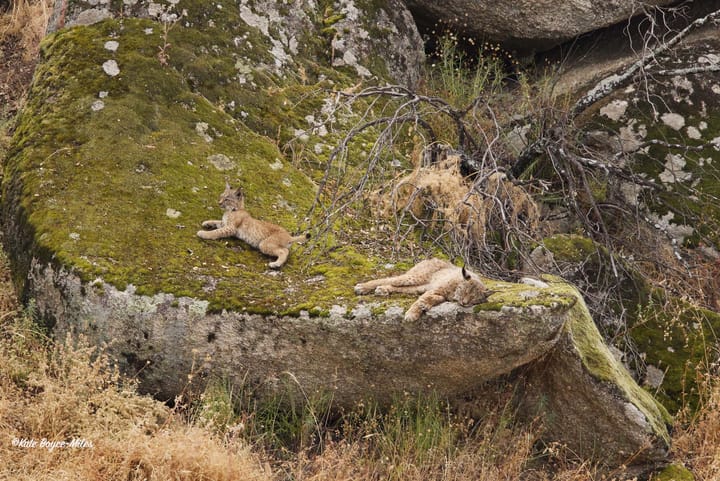
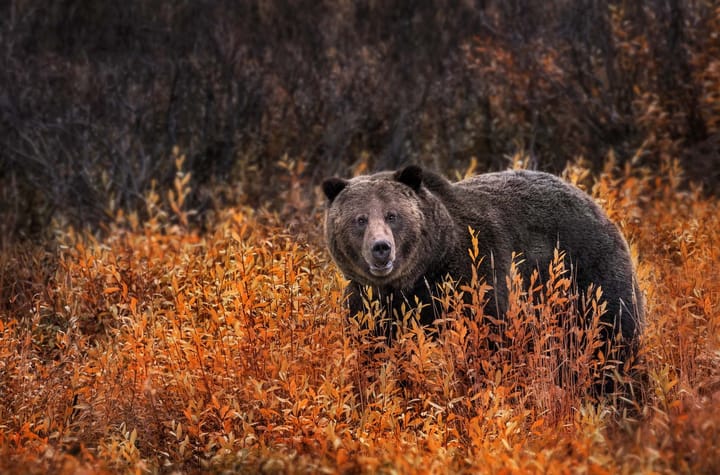


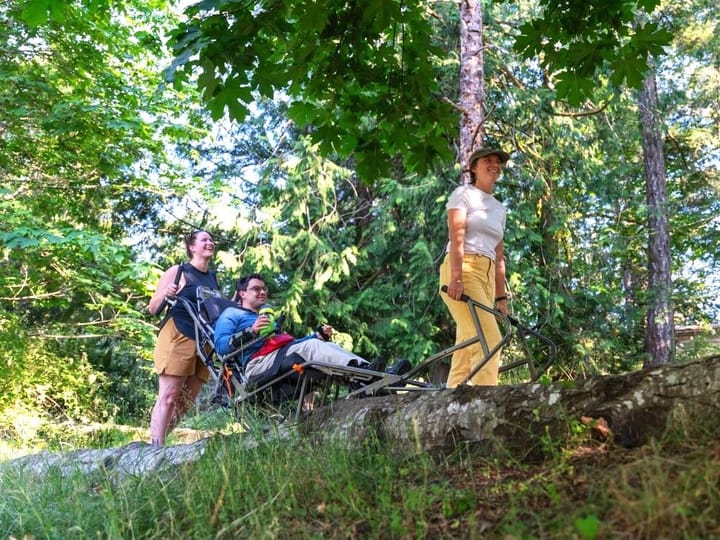

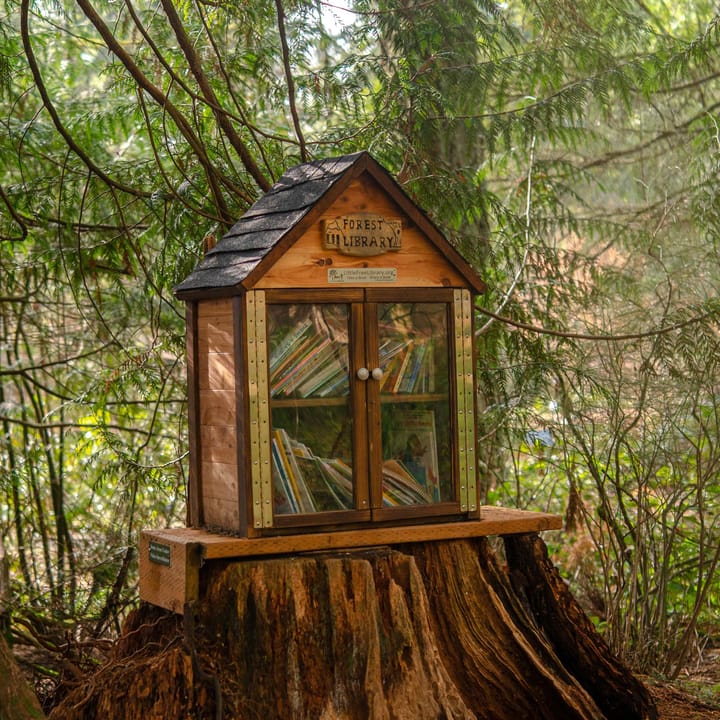
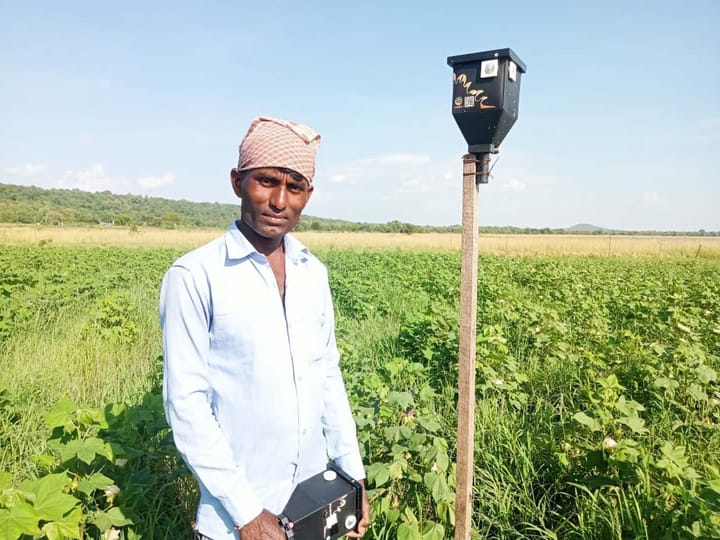
Comments ()